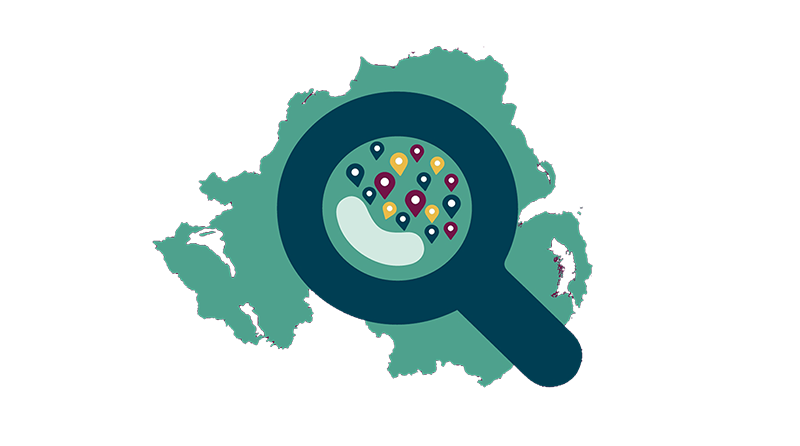Reviewed By Pamela Kirkpatrick - Senior Accredited NCPS & Registered Member MBACP Adv. Dip.
Somatics: To Manage Emotions
30 April 2024
The body talks to the brain - we just have to learn the language, try these simple Somatic exercises when your feeling anxious, sad, angry, stress or overthinking.
Guest writer and Occupational Therapist, Catherine Wells, is a big believer in the power of somatic practices, and has shared some fantastic things we can all try at home, to help regulate our mood, reduce stress and make us feel better. And the best thing is, you don’t need to buy any equipment, or leave your own home, to feel the benefit!
Understanding Somatics
Did you know that there is a process continually going on within the neural circuits of your brain called neuroception? This sub conscious process is constantly scanning your body and environment for cues of safety or danger, to elicit the corresponding nervous system response.
This means we can use our body to signal “safety” to the brain, initiating a relaxation response and lowering feelings of anxiety for example.
So if we are feeling under threat, or anxious, our bodies would adopt a defensive position. This might look like hunched shoulders, head down, more shallow breathing and arms crossed, for example. This is a posture that would serve to protect our body if we needed it.
However, if we adopt this posture for extended times when there is no actual threat it can exacerbate anxious feelings as the body is sending signals to the brain that we are “unsafe” and there is a threat that we need to protect ourselves from.
When we do the opposite of this and adopt an open and expansive posture, we send signals of “safety” to the brain. A posture where we take up space, stand tall and open, with muscles at ease, and even smiling, lets the brain know that there is no threat in our environment. This can initiate a nervous system response that calms the body and reduces feelings of anxiety. This can also make us feel more confident, empowered, happy and motivated.
Try it for yourself!
Six ways to use your body posture to lower anxiety:
-
Sit up/stand tall and straight.
-
Open and expand your chest- imagine it lifting up and the shoulder blades drawing together and down
-
Uncross your arms and legs
-
Smile
-
Release tension in jaw and shoulders
-
Do a power pose! Take up space - hands on hips with a wide stance while keeping in mind the previous points- think Wonder Woman… or Super Man!
If you'd like to learn a little more about how and why somatic exercises work, head to What Are Somatic Exercises to read more and hear Catherine Wells, guest writers and Occupational Therapist explain it in a video!
More Simple Somatic Exercises to Try at Home
Here are some simple somatic based activities that you can use to regulate your emotions using your body and neuroscience.
When I feel Anxious
Go for a brisk walk. Movement that raises the heart rate will give the body the mobilising input it needs to signal that we have escaped a threat and are safe. The self generated forward motion decreases activity in the amygdala, part of the brain heavily involved in the stress response.
When I feel Stressed
Take 10 deep, slow breaths, breathing in for 4 and out for 6. Long exhales lower heart rate and blood pressure, and support efficient blood gas exchange which can make us feel more relaxed. Breathwork generally is excellent for stress.
When I am Angry
Get a tea towel or hand towel, grab a handful with each hand and twist like you are wringing out water. Imagine channelling anger into the tea towel and fully feel the sensations present. Bear down on the jaw while you do this. Take a few deep breaths and allow yourself to feel the sensations without judgement. Do this a few times.
When I am Sad
I can move my body. Movement releases endorphins and can help release serotonin. Try the self hug exercise.
When I am Overthinking
Engage in cold exposure like a wild dip or cold shower. The cold can pull you out of your overthinking spiral as the sensations will focus you on the present moment. This also triggers the release of dopamine and endorphins which improve mood and lower anxiety.
Get Inspired Further
Meditation A Beginners Guide to Visualization
Occupational Therapist explores what visualisation meditations are, how they work, and why they can be a powerful tool for your well-being.
Gratitude - Three Good Things
Can you find something to be grateful for even on the grey days? While taking this video, I was grateful for seeing flying ducks, hearing the crashing waves, and how you can hardly tell where the sky stops and the sea starts.
Gratitude - Story Practice
We are a species of storytellers. Stories are at the centre of human existence. This is one of the reasons that this gratitude practice using the power of story has been seen to be one of the most powerful and effective gratitude practices.



